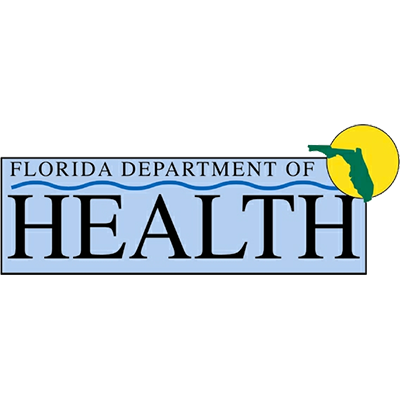Links to other resources: Residential, Detox
140,000 people a year, many of them young, are dying from something that has never killed that many people before in history. Overdoses from drugs and alcohol. Surprising? It’s important that everyone knows how bad the addiction crisis has gotten so that we can move forward with evidence-based treatment and an understanding of the size of the problem we face. Addiction is a crisis that is gripping America unlike almost anything before.
To understand the addiction crisis, you must start at the beginning. It’s a story that goes back decades, to a time when pain was seen as something to be conquered. Doctors prescribed powerful painkillers to patients with chronic pain, believing that they were doing good. But these pills, it turned out, were more powerful than anyone had ever imagined. According to Martin A Makary at the Johns Hopkins School of Medicine, by 2017 overprescription of opioids was one of the major contributors to the worsening addiction crisis, with surgeons and surgery (his field of expertise) being one of the areas of most concern for prescribing practices.
The pills worked by binding to receptors in the brain, blocking the transmission of pain signals. But they also had a side effect: they triggered a surge of dopamine, the “feel good” chemical that’s released when we do something pleasurable. And so it was that patients who took these pills not only found relief from their pain (maybe), but also a sense of euphoria that was hard to resist, especially for people with a genetic pre-disposition to addiction (alcoholism in their family).
The best option for many in the medical field after years of over-prescribing was to completely stop prescribing opioids for anything but the most serious acute pain, but many patients had already become dependent on prescription painkillers like oxycodone. They would crush the pills and snort them, or eventually inject them directly into their veins to save money on the daily opioid habit. And as the addiction took hold, they found themselves needing more and more of the drug to get the same high and eventually no high at all, just a welcome return to feeling normal while the drugs worked.
The drug companies saw what was happening earlier, but they turned a blind eye and actively hid the deadly and debilitating effects of long-term use of drugs like Oxycontin. They were making billions of dollars selling these pills, and they didn’t want to rock the boat. So it was that a generation of Americans became addicted to these powerful drugs, with devastating consequences.
Overdoses have soared. Families have been torn apart. Communities have been ravaged. For years we did nothing, and we can’t change that now. It was only when the crisis became too big to ignore that action was finally taken, and so often it was change that was not advised by experts on addiction. Laws were changed. Regulations were tightened. And yet, even now, the addiction crisis rages on, with more overdose deaths in the last few years than ever before in history, worse than just a few years ago by 200-300%.
Addiction has been a story of greed, of neglect, and of the human cost of our traumas. We have to treat addiction like it is happening to the people we love most in the world, because it is.
By T.A. Cannon




